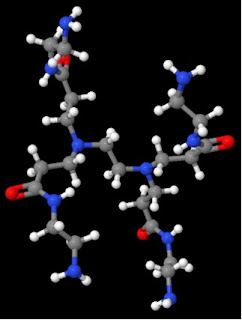Pre‑cleaned bare wooden toothpicks for the determination of drugs in oral fluid by mass spectrometry

Our latest article, published as a paper in the forefront in Analytical and Bioanalytical Chemistry, presents a deep study of the reduction of the intrinsic components of wooden toothpicks (WTs) towards their use as a sorptive phase in the determination of six tricyclic antidepressants (amitriptyline, clomipramine, desipramine, imipramine, nortriptyline, and trimipramine) in saliva by direct infusion mass spectrometry (DI-MS) and LC-MS, and the in vivo qualitative analysis of acetaminophen in saliva samples. In the sample preparation context, WTs are used as sorbents according to their superficial -OH groups that provide electrostatic and hydrogen bond interactions with the target compounds. Moreover, they can be surface-modified to establish or improve the sorbent-analyte interaction. However, the presence of intrinsic components or impurities provided by the biosorbents can present a negative effect on the instrumental determination of the target compounds. To minimize this limit...





